Disclaimer: Don’t do anything stupid.
What I’m about to tell you is a trick that should NOT be used lightly.
However, in many cases Ophir sensors can be used for far higher powers than in the spec, as long as it’s only for a short time exposure.
The key to this “loop-hole” is the fact that energy has a greater impact on the sensor than average power. What I mean by that is that 20 W for a second is different than 20 W for a minute, which is different from 20 W continuously.
Ophir has already a few sensors that are designed for intermittent use. They are marked by two numbers like 50(150), which means it can measure 50 W continuously, or 150 W for a brief exposure (1.5 minutes).
What about More Power?
It stands to reason that we can increase the power and decrease the exposure time, keeping the total energy on the sensor the same (since energy is power integrated over time).
However, this is not quite a linear response, which brings us back to the original disclaimer.
Don’t make any assumptions.
Even our experts always test their theories before announcing that the sensors will withstand more power.
In fact, a few of our sensors were recently retested and found to stand up to 4000 J instead of 300 J that was written in the spec. (We had no reason to assume 300 J was the absolute maximum, but it’s just the highest energy for which we confirmed it works.)
For these sensors, you can keep the 4000 J rule and play around with the exposure time (or square pulse width) to increase the power. For example, an 8 kW laser can be measured for a maximum of 0.5 s.
Of course you could use the 10K-W sensor for continuous laser measurement of an 8 kW laser, but the advantage of the 50(150) is it’s small, without the need for fan or water cooling. If you don’t need to measure the laser for longer periods, this is a better sensor for you.
Perfect for Industrial Settings
On the factory floor, you want to maximize the efficiency of your laser. So the more time the laser is actually working, the better. In the long run, it will save you time and money to measure your laser, but that doesn’t mean you should halt the entire process for 20 minutes each time you make a measurement.
And if you don’t want to use a power sensor for more than 10 seconds, you might be able to get away with a smaller sensor that you thought.
Here you can find all of the sensors that have new specs.
For anything else, or any questions, leave a comment below.

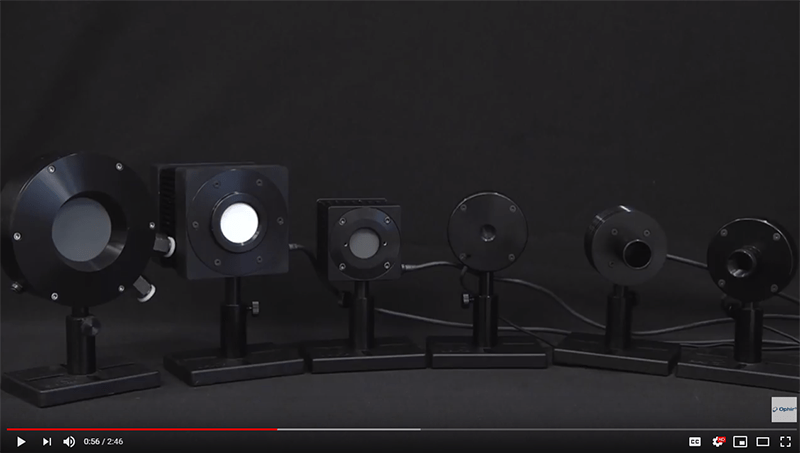



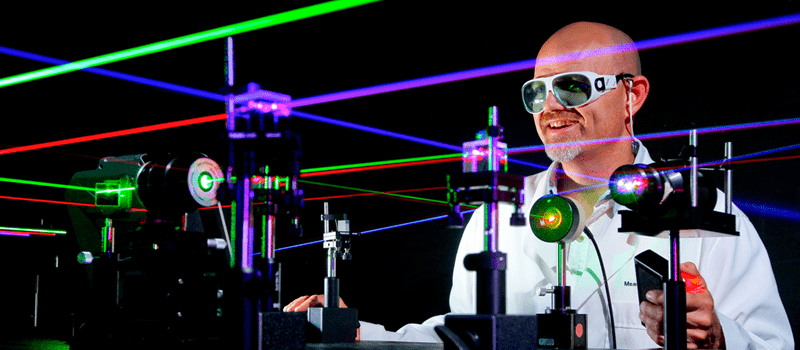



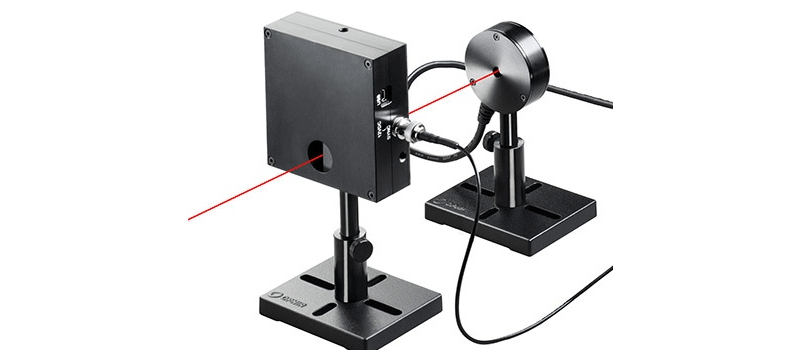
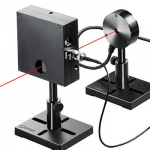
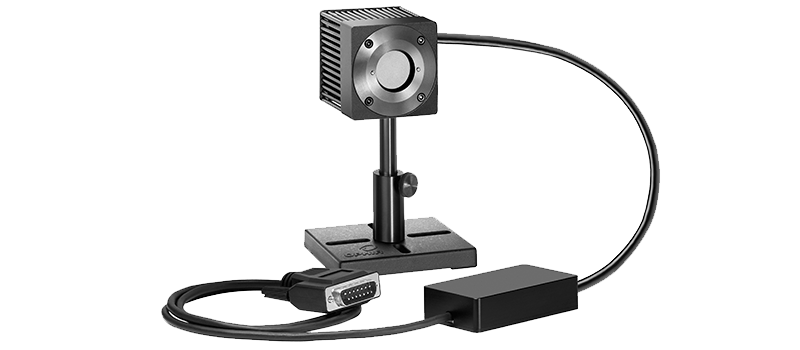
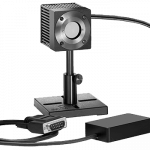
Leave a Reply
Your email address will not be published. Required fields are marked *